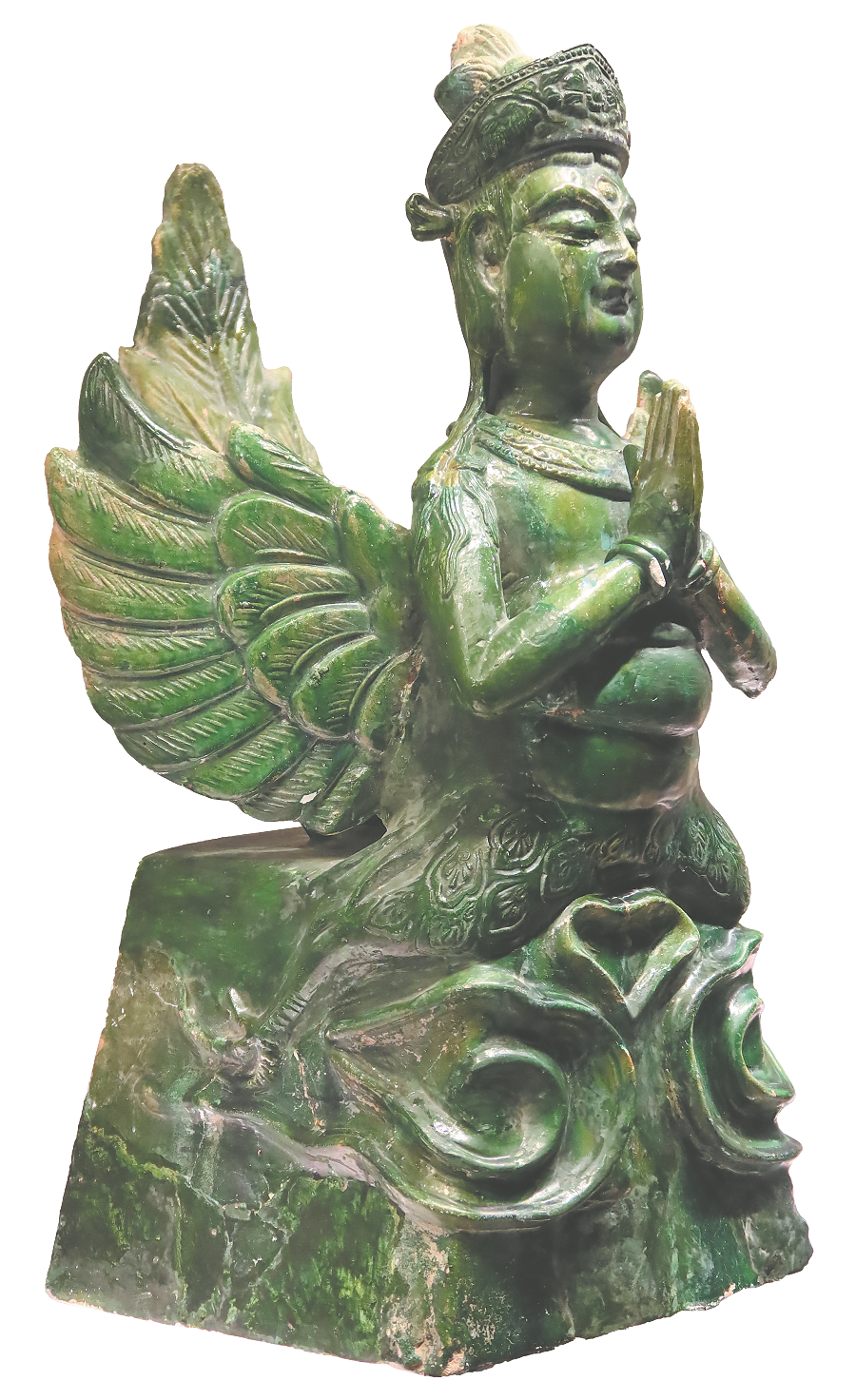Mounds claim their rightful place in history
Researchers piece together a fascinating tale to shed light on an exceptional saga, Wang Kaihao and Wang Ru report in Yinchuan.


In 1991, a Buddhist scripture in Tangut script was unearthed from a pagoda in a valley of Helan Mountains and turned out to be the world's earliest extant wooden movable-type imprint. And on the site of Xixia Imperial Tombs, rich discoveries of porcelain, iron, and bronze objects, further showcase the dynasty's pivotal role in distribution of technology.
Thanks to continuous research, about 7,100 cultural relics excavated from the Xixia Imperial Tombs now lie in collections of museums, filling the empty spaces of documentations.
Still, a large part of Xixia history still awaits to be decoded. For example, archaeologists have attributed just one of nine imperial mausoleums to a known ruler.
Who are the others lying beneath those huge mounds?
"Gaining World Heritage site status will attract more attention to the history, not only from the scholars, but also among the public, and the younger generation in particular," says Chen, the bidding document drafter.
"Different ethnic groups have their own talents and they eventually merge into the Chinese nation," she says. "That's how we've come so far."
Hu Dongmei contributed to this story.
























